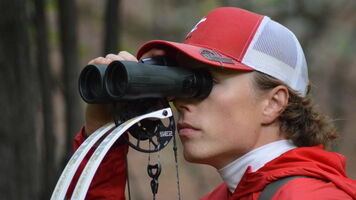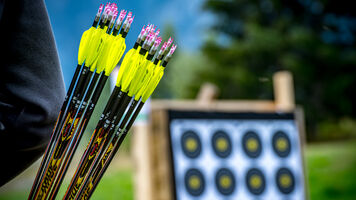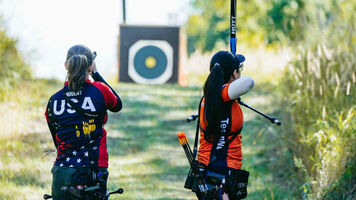Is a good archer a complete archer? Athletes talk new world ranking
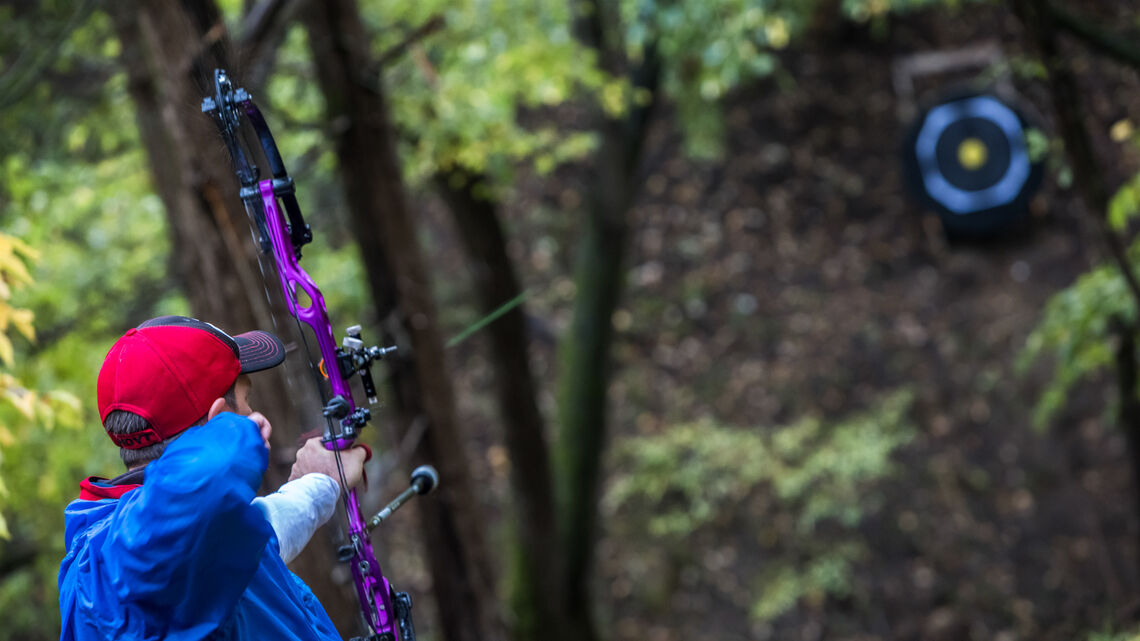
It’s been a month since the introduction of the new calculation system for the Sanlida World Archery Ranking, which made world ranking points available at some field and indoor archery competitions.
Last month’s World Archery Field Championships marked the first tournament to benefit from the changes.
Even before the event, there was movement in the lists. Brady Ellison regained first place in the recurve men’s ranking as Florian Unruh climbed into third with the backdated points each earned in the field competitions at the World Games held during the summer in Birmingham.
“I like it. I really hope that it gets more people to shoot indoors and field events,” said Ellison, a two-time world champion in the field discipline.
“I hope it will push everyone to shoot all the disciplines of archery instead of just doing outdoors.”
The qualifying courses at the world field, set in steep and varied lakeside forests in Yankton, reminded athletes of the challenges of this format of the sport.
“The special thing is to be able to be focused not only on your process but also on all of the aspects of the field. The target, where it is in the area, and how to guess the distance. These are the things in field archery,” said Quentin Baraer from France.
Mexico’s Luis Vives summed it up well.
“I like the challenging part of field archery,” he said. “You need to be 100% in because every shot is different.”
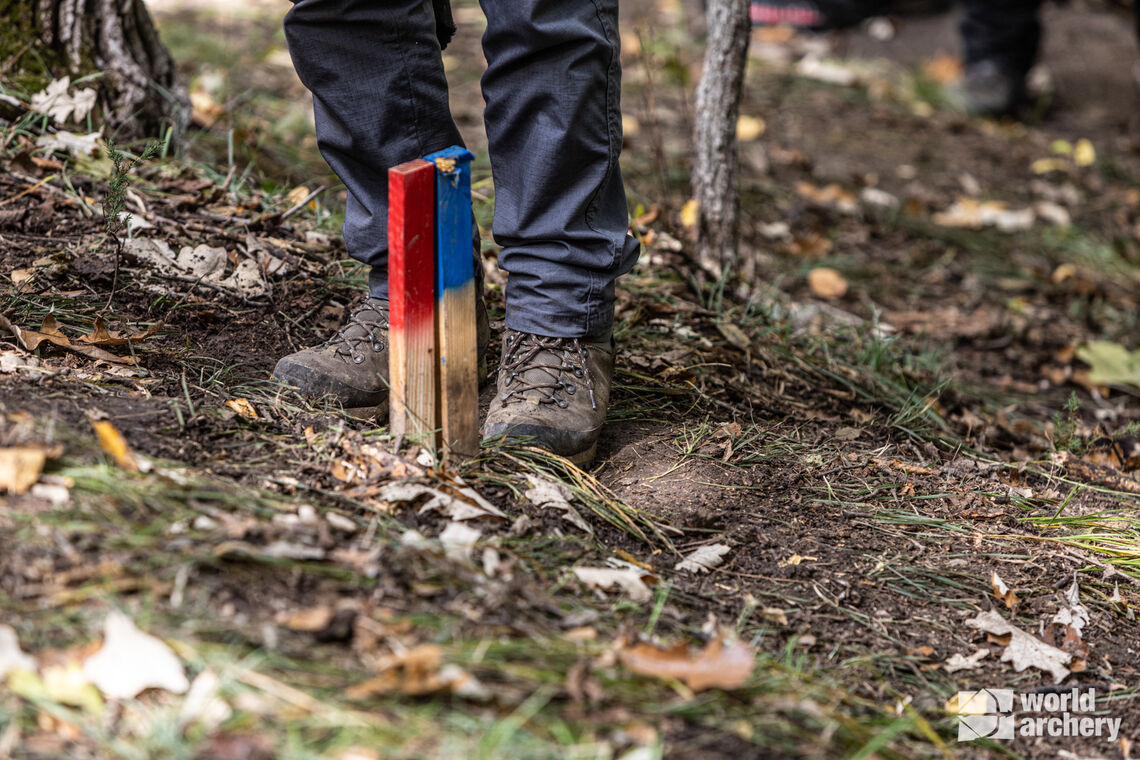
With shooting pegs set in and around rough terrain and targets placed at all angles, there’s much more to think about than just taking a shot.
“Your feet placement, coping with angles, judging distances. There are a lot of things you need to take into consideration to be a great shooter,” continued Vives. No two targets on a field course are the same. Even if distances are marked, angles – up or down – can change effective range. It demands understanding – and on-field calculation.
“There is so much going on,” declared Toja Ellison. “Field archery is my favourite discipline.”
“It is a technical discipline so you still need to shoot good but you need to judge distance, to be able to recognise the cuts because of up and down shots. The steeper the shot, the more you need to adjust your distance, not just the line of sight,” she explained.
“I love how different it is. Every target is different, every target is a new challenge and a new story.”
If target archery is a test of repetition, of consistency, field is the discipline that evaluates an athlete’s ability to interpret, adjust and understand their technique and equipment.
“I think to be a complete archer you need to shoot field,” said Vives.
There are now three clear ways to compare international archers. The Hyundai Archery World Cup Ranking, which counts only results from World Cup tournaments, measures the best national team members outdoors. The Indoor Archery World Series Rankings – elite and open – list everyone who competes during the open-entry 18-metre season.
And, finally, the Sanlida World Archery Rankings, a rolling grading of the best archer in the world.
“I think it is cool that we finally have the ranking that shows how good an archer is as a whole not just in one discipline,” said Brady.








